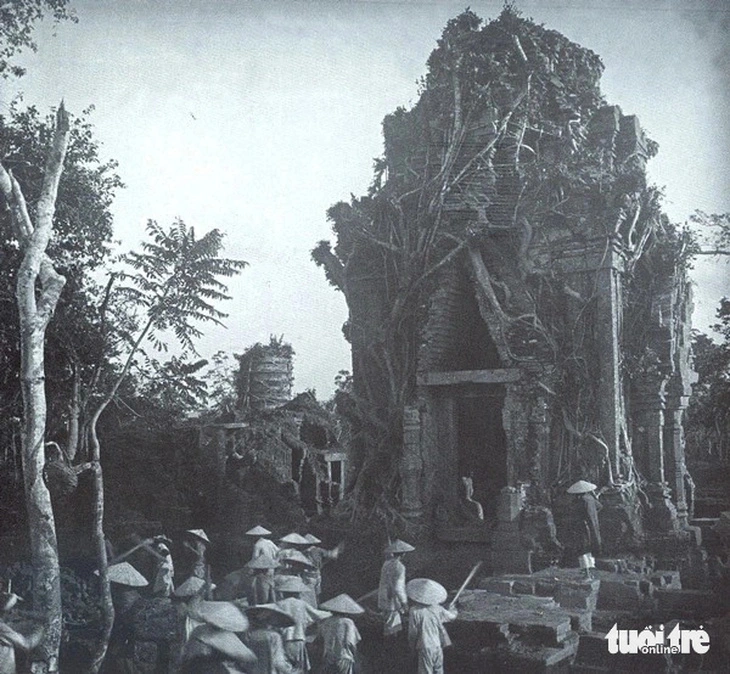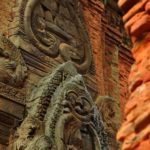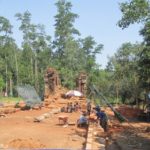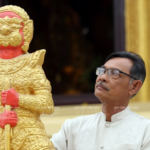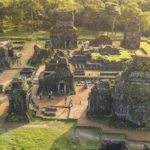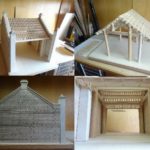Nguyen Thanh Hong, director of the department, announced on Thursday that the agency is currently reviewing the suggestions made by the expert team.
These proposals mark the initial steps in the restoration process of the Dong Duong Buddhist Monastery, which holds the status of a special national relic and is situated in Thang Binh District within the province.
The Indian Embassy in Vietnam had previously urged provincial authorities to respond to the proposals put forth by the expert team involved in the recently launched project.
This initiative was established in accordance with an agreement outlined in a joint statement issued by the prime ministers of India and Vietnam in December 2020.
The team, affiliated with the Archaeological Survey of India under the Indian Ministry of Culture, arrived in the province in late 2023 to conduct a survey for the restoration of the Dong Duong Buddhist Monastery.
The monastery, constructed nearly 1,150 years ago, endured significant damage during wartime periods in Vietnam.
Indian Deputy Ambassador to Vietnam Subhash P Gupta stated that based on the survey results, the Buddhist monastery can be effectively restored and preserved through a meticulous plan.
The Indian experts have recommended clearing the project area to precisely identify the boundaries of the site and determine which components need restoration and the appropriate methods to achieve it.
|
|
| This file photo shows the Dong Duong Buddhist Monastery during an excavation carried out by French archeologists in 1902. Photo: French School of the Far East |
The team also requested the Vietnamese authorities to provide records related to previous archeological excavations, serving as reference materials for the experts to create a detailed plan for the implementation of the project.
It is essential to generate 3D and 4D models of the ancient structures using pertinent data and materials stored in France and other locations worldwide, Hong said.
The director underscored the need for an archeological plan before formulating a comprehensive restoration and preservation plan.
This approach will enable the restoration of each individual item based on the budgetary constraints.
Given the large-scale nature of this project, which demands substantial investment beyond the capacity of the state budget, Hong highlighted the necessity for foreign investment in the restoration.
International cooperation should be sought to meet the financial requirements for the project, he said.
Constructed in 875 under the directive of King Indravarman II of the Champa Kingdom, the Dong Duong Buddhist Monastery was once the largest of its kind in Southeast Asia.
In 2019, this religious facility earned recognition as a special national relic.
Restoring the Soul of Khmer Pagodas
Artisan Ly Let is the son of elderly Ly Nghet who is well-known for building pagodas throughout the southern cities and provinces. Succeeding his father, Ly Let has also become a famous pagoda builder. He has built and restored over 400 pagodas which bear the typical architectural and cultural characteristics of the Khmer ethnic people in Vietnam.


